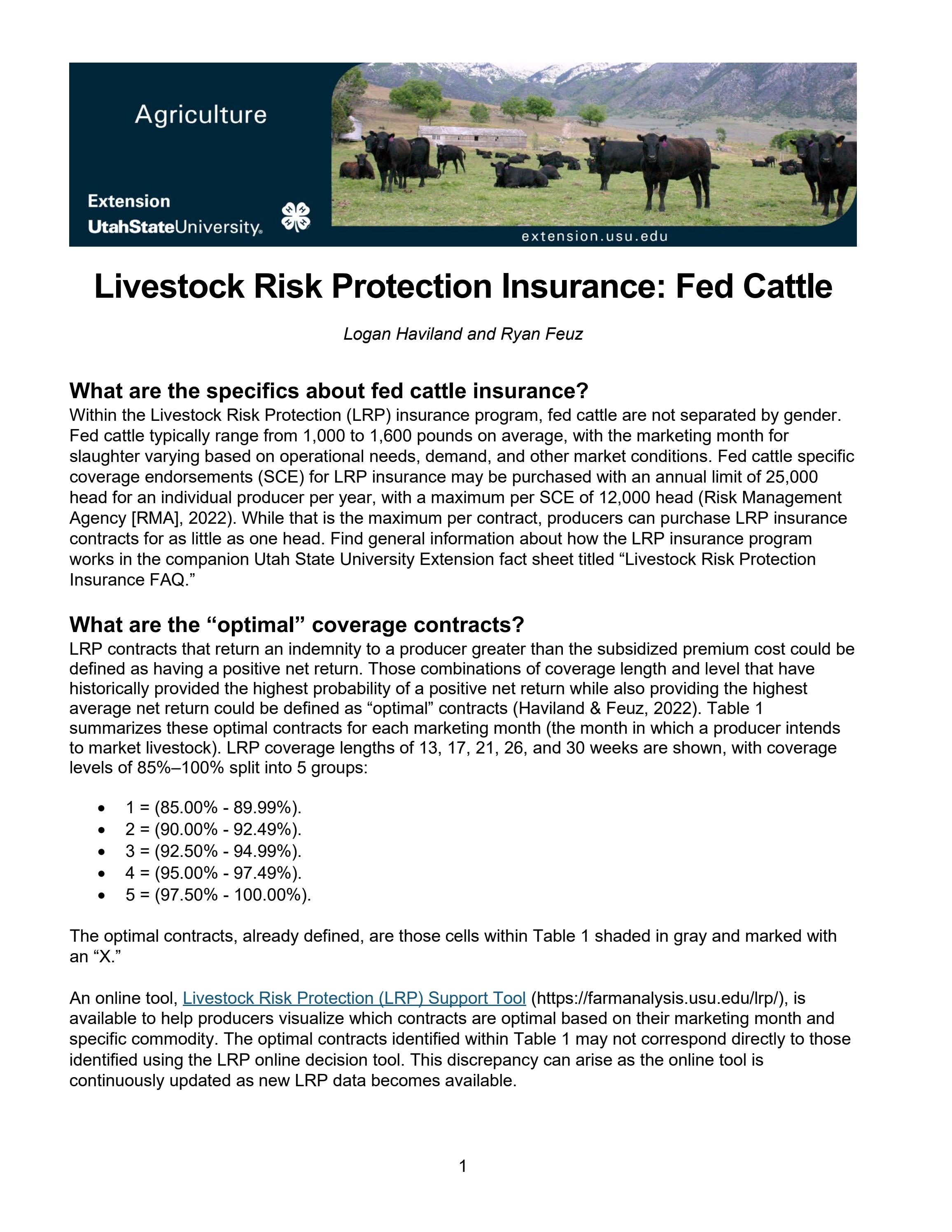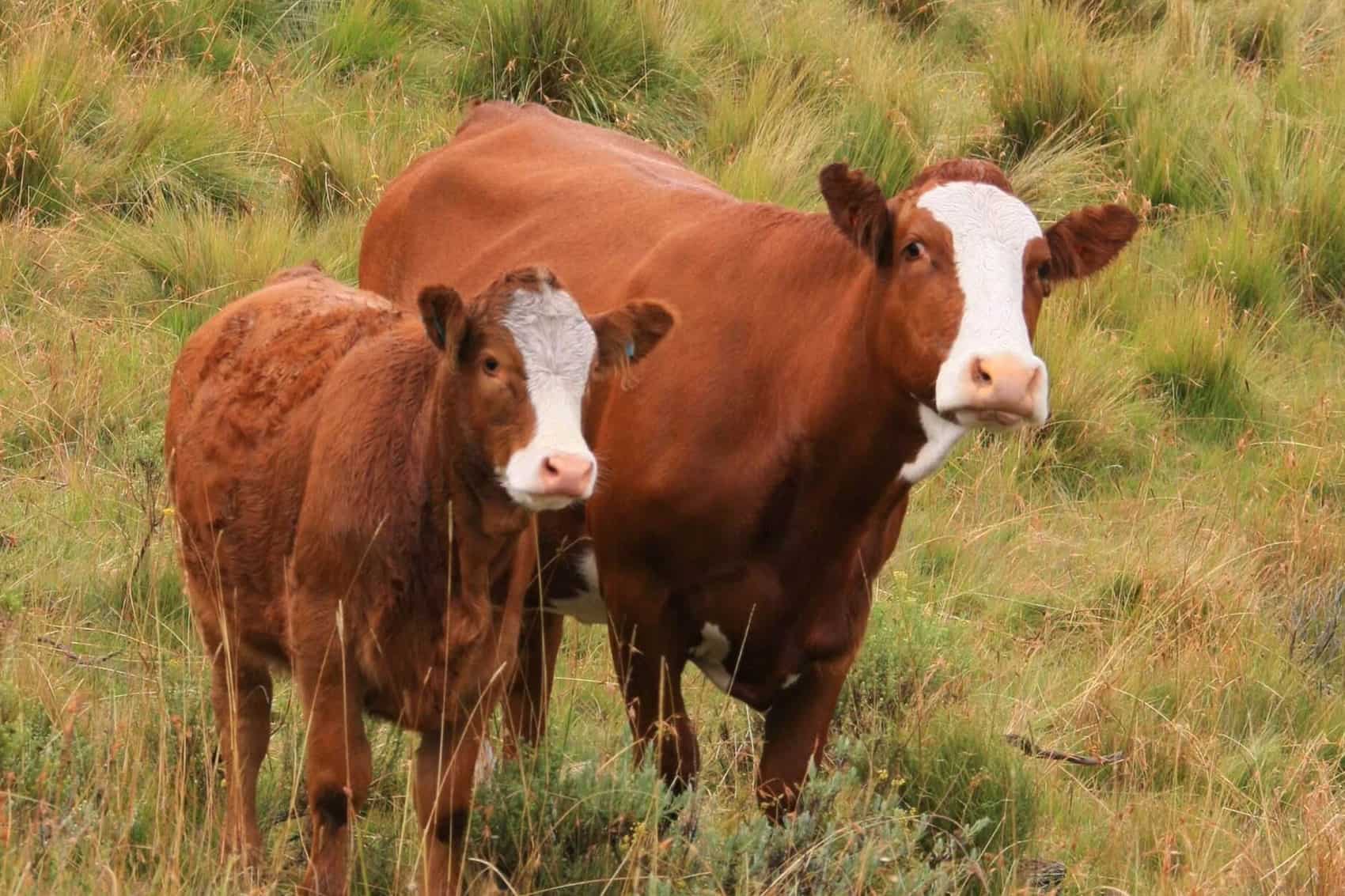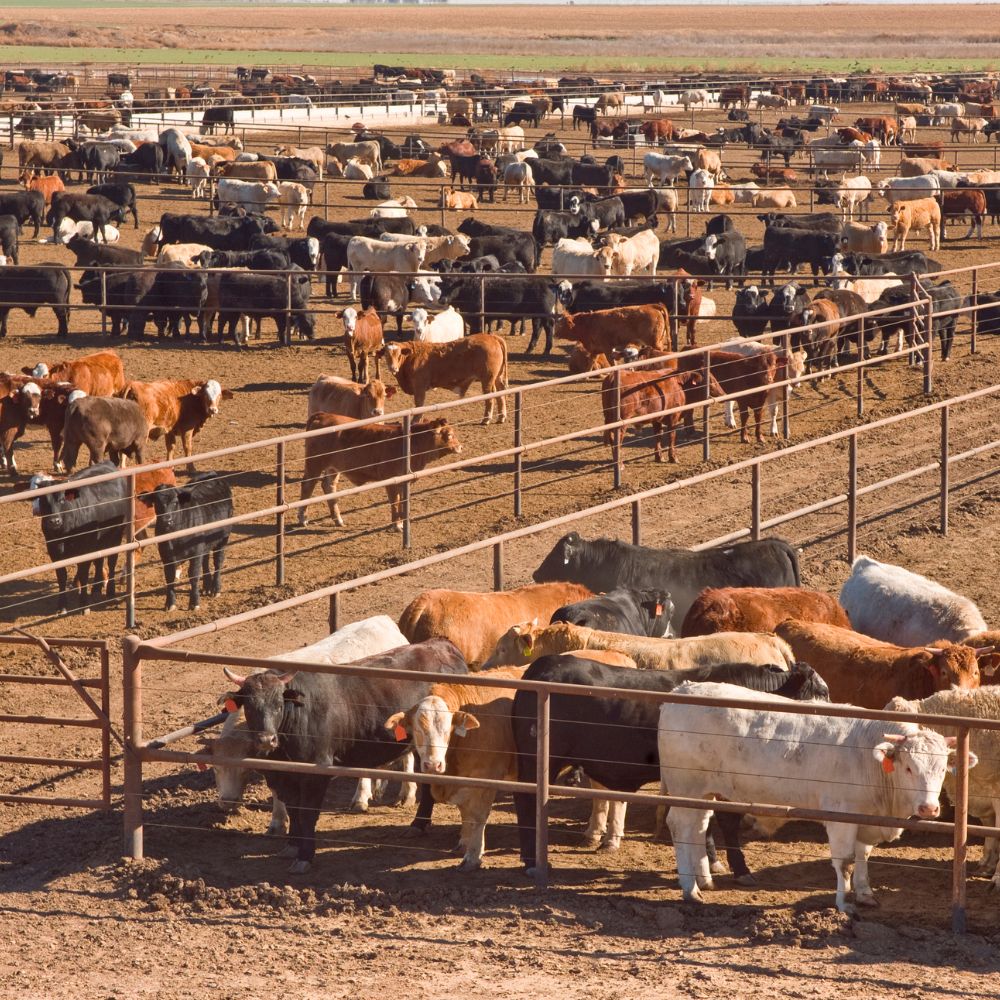Understanding Animals Risk Security (LRP) Insurance Policy: A Comprehensive Overview
Navigating the world of animals danger defense (LRP) insurance can be a complicated endeavor for many in the farming sector. This sort of insurance coverage supplies a security net versus market fluctuations and unpredicted scenarios that could affect animals producers. By recognizing the intricacies of LRP insurance policy, producers can make educated choices that may protect their procedures from economic dangers. From how LRP insurance policy functions to the different insurance coverage options offered, there is much to reveal in this comprehensive guide that might possibly form the way livestock producers come close to risk administration in their services.

How LRP Insurance Works
Periodically, understanding the auto mechanics of Livestock Danger Defense (LRP) insurance policy can be complex, but breaking down how it works can offer clearness for herdsmans and farmers. LRP insurance is a risk management tool designed to protect livestock producers against unanticipated rate decreases. It's vital to keep in mind that LRP insurance is not a profits guarantee; instead, it focuses solely on price threat defense.
Qualification and Insurance Coverage Options

When it pertains to insurance coverage options, LRP insurance coverage supplies producers the flexibility to select the insurance coverage level, coverage period, and endorsements that ideal match their threat management requirements. Protection degrees commonly range from 70% to 100% of the expected ending value of the insured livestock. Producers can likewise choose protection periods that straighten with their production cycle, whether they are guaranteeing feeder cattle, fed cattle, swine, or lamb. Endorsements such as price danger security can better tailor coverage to protect against adverse market fluctuations. By comprehending the eligibility requirements and protection options available, livestock producers can make informed decisions to take care of threat effectively.
Benefits And Drawbacks of LRP Insurance Policy
When examining Animals Risk Protection (LRP) insurance, it is vital for livestock producers to evaluate the negative aspects and benefits fundamental in this threat administration tool.

Among the primary advantages of LRP insurance policy is its ability to supply defense against a decline in animals rates. This can help protect manufacturers from economic losses resulting from market changes. In addition, LRP insurance provides a level of versatility, permitting manufacturers to customize protection degrees and plan periods to suit their specific requirements. By securing an assured rate for their animals, manufacturers can much better take care of risk and plan for the future.
One restriction of LRP insurance policy is that it does not secure versus all types of risks, such as condition episodes or all-natural catastrophes. It is important for producers to carefully evaluate their specific threat exposure and financial scenario to establish if LRP insurance policy is the right risk administration tool for their procedure.
Comprehending LRP Insurance Premiums

Tips for Maximizing LRP Advantages
Optimizing the benefits of Livestock Threat Defense (LRP) insurance policy calls for strategic preparation and positive risk monitoring - Bagley Risk Management. To take advantage of your LRP insurance coverage, think about the adhering to ideas:
Consistently Evaluate Market Conditions: Remain educated regarding market fads and price variations in the livestock market. By keeping an eye on these variables, you can make informed choices about when to buy LRP insurance coverage to shield against prospective losses.
Set Realistic Coverage Degrees: When selecting protection levels, consider your production prices, market price of animals, and prospective risks - Bagley Risk Management. Establishing realistic insurance coverage levels makes certain that you are properly protected without overpaying for unneeded insurance coverage
Diversify Your Coverage: Rather of relying exclusively on LRP insurance policy, consider diversifying your risk monitoring approaches. Incorporating LRP with various other danger management devices such as futures agreements or alternatives can give detailed protection versus market unpredictabilities.
Evaluation and Change Coverage Frequently: useful content As market problems change, occasionally review your LRP coverage to ensure it aligns with your present threat direct exposure. Adjusting insurance coverage levels and timing of acquisitions can help optimize your threat protection technique. By adhering to these ideas, you can maximize the benefits of LRP insurance coverage and secure your animals procedure against unexpected dangers.
Final Thought
Finally, animals danger defense (LRP) insurance coverage is a beneficial device for farmers to take care of the financial dangers connected with their livestock procedures. By understanding how LRP functions, qualification and protection options, as well as the benefits and drawbacks of this insurance coverage, farmers can make educated choices to safeguard their resources. By very carefully thinking about LRP costs and executing approaches to make best use of advantages, farmers can alleviate possible losses and make sure the sustainability of their operations.
Livestock producers interested in acquiring Livestock Danger Defense (LRP) insurance coverage can a knockout post check out a range of qualification requirements and coverage options customized to their specific animals procedures.When it comes to coverage options, LRP insurance provides producers the adaptability to choose the coverage degree, insurance coverage duration, and recommendations that finest fit their danger administration needs.To understand the complexities of Livestock Danger Defense (LRP) insurance policy completely, understanding the aspects affecting LRP insurance policy costs is critical. LRP insurance policy premiums are identified by different components, consisting of the insurance coverage degree chosen, the anticipated rate of animals at the end of the coverage duration, the kind of livestock being guaranteed, and the size of the protection duration.Testimonial and Change Coverage Routinely: As market conditions transform, regularly review your LRP insurance coverage to ensure it aligns with your existing danger direct exposure.